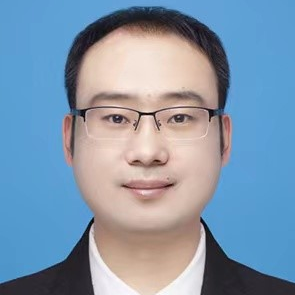Electronic Functional Materials: Synthesis, Structure, Property, Mechanism and Application
A special issue of Materials (ISSN 1996-1944). This special issue belongs to the section "Electronic Materials".
Deadline for manuscript submissions: closed (10 October 2023) | Viewed by 8769
Special Issue Editor
Special Issue Information
Dear Colleagues,
This Special Issue will compile recent developments in the field of electronic functional materials. In electronic functional materials, the charge interplays cooperatively with other degrees of freedom, e.g., lattice, phonon, and spin, and the correlation between these degrees of freedom and related couplings generates a rich spectrum of competing phases and physical responses, including ferroelectricity, thermoelectricity, ferromagnetism, piezoelectricity superconductivity, metal-insulator transitions, etc. This has led to extensive studies of both bulks, thin films and nanomaterials, with the aim of increasing our understanding of the fundamental nature of existing materials systems, so that we might be able to better control and design novel materials for applications. The articles presented in this Special Issue will cover various topics, ranging from, but not limited to, ferroelectrics, piezoelectrics, thermoelectrics, ferromagnetics, eielectrics, etc. Topics are open to synthesis, structure, property, mechanism and application of electronic functional materials.
Prof. Dr. Haijun Wu
Guest Editor
Manuscript Submission Information
Manuscripts should be submitted online at www.mdpi.com by registering and logging in to this website. Once you are registered, click here to go to the submission form. Manuscripts can be submitted until the deadline. All submissions that pass pre-check are peer-reviewed. Accepted papers will be published continuously in the journal (as soon as accepted) and will be listed together on the special issue website. Research articles, review articles as well as short communications are invited. For planned papers, a title and short abstract (about 100 words) can be sent to the Editorial Office for announcement on this website.
Submitted manuscripts should not have been published previously, nor be under consideration for publication elsewhere (except conference proceedings papers). All manuscripts are thoroughly refereed through a single-blind peer-review process. A guide for authors and other relevant information for submission of manuscripts is available on the Instructions for Authors page. Materials is an international peer-reviewed open access semimonthly journal published by MDPI.
Please visit the Instructions for Authors page before submitting a manuscript. The Article Processing Charge (APC) for publication in this open access journal is 2600 CHF (Swiss Francs). Submitted papers should be well formatted and use good English. Authors may use MDPI's English editing service prior to publication or during author revisions.
Keywords
- electrical
- ferroelectric
- thermoelectric
- ferroelastic
- ferromagnetic
- piezoelectric
- dielectric






